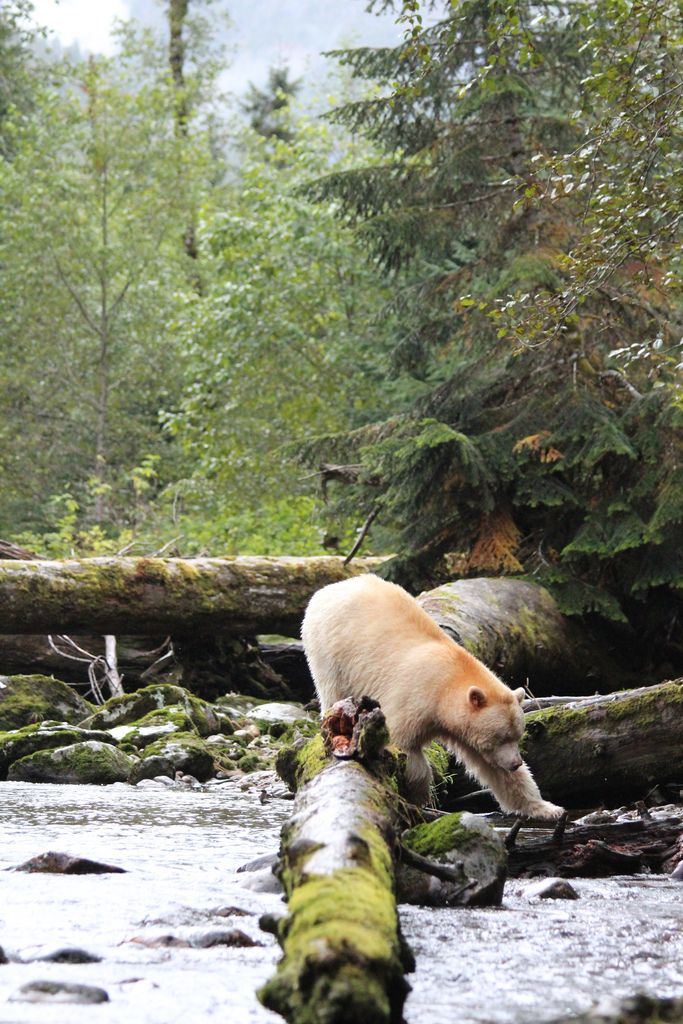Dear Integral Meditators,
Why meditate? One reason worth thinking about is that it is a way of keeping yourself creatively energized by learning to tap into deeper levels of our collective consciousness. The article below explores this theme…
Two workshops in Singapore this Saturday, details are immediately below!
In the spirit of
Toby
 Letting Ideas Grow Mindfully Though You
Letting Ideas Grow Mindfully Though You
“If we surrendered to earths intelligence, we would rise up rooted, like trees” – R.M Rilke
A few people have remarked to me recently how substantial my article and blog output seems to be week-in week-out. They wondered how I keep it up, don’t I run out of ideas? The answer to that question is that no, I almost never find myself short of ideas. I normally have to choose what to write on from 4-5 creative ideas that are present in my mind at any given time. In this article I want to put down a few reasons as to why my creative energy doesn’t run out, and how this relates to meditation & mindfulness practice. With this in mind here are a few points and pointers.
The mediators view of the body-mind is the opposite to most conventional ideas. Rather than our mind being in our body, and specifically in our brain, experienced meditators start to realize that in many ways his/her body is in her mind. The mind is not limited to the body, and has access to a vast amount of creative energy and information that is outside of the individual body and brain. More than this, each of our individual minds are networked into what you might think of as a Universal mind or intelligence, in somewhat the same way computers are all linked to the internet.
This Universal or ‘Big’ mind (I’m using a convenient, simplistic term for something obviously deep and complex here) seeks people to grow and express its ideas through; people whose individual minds are open, receptive, balanced and resilient, and who are motivated to make a contribution to the betterment of the world.
In this sense you might think of yourself as an individual as being like the soil and sunlight in which an idea from the Universal Mind can grow like a plant. If you look at it this way you can see that the idea is not ‘yours’, it has a life of its own, you are just the caretaker and gardener for the idea to grow and enter the outer world.
Meditation – Becoming a terminal for the Universal mind
Looking at it this way you might think of meditation as like connecting a computer to the internet; when you sit still and go within you connect your own mind (the computer) with the Universal Mind (the internet) and consciously allow the Universal Mind to start ‘downloading’ creative ideas into your mind. Some of those ideas will be ideas that you have a unique ability to grow in the garden of your own mind (cue analogy shift back to gardens/plants!), for example I get a lot of ideas relating to meditation and mindfulness because I am already an expert in that domain; my ‘small mind’ is ideal soil and light for new ideas about meditation practice to grow through.
What ideas want to grow through you?
Imagine yourself sitting in a beautiful garden; it is the garden of your own mind. Set your intention; what type of creative ideas do you want to open up to? Business? Art? Relationships? With this intention relax and still your mind deeply as you sit in the inner garden of your mind. Stilling your mind with intention is like connecting it to the ‘internet’ of the Universal Mind. Patiently and without hurrying observe what sort of ideas, images, memories and intuitions start to ‘pop out’ of the stillness; what creative inspirations start to weave their way into the quietness of your garden. This stage is a bit like fishing (I know, yet another analogy!), it kind of like you just sit still and wait for a bite. You can’t push for it or try and control it.
Be playful, patient, be confident! – Once some ideas start to grow through you, how will you continue to grow them? How much time are you prepared to commit? What type of sacrifices are you prepared to make? As the ‘gardener’ it’s up to you how much you nurture your plants, but the more you do the more you’ll find that you are never ever short of creative inspiration in your life and work!
© Toby Ouvry 2015, you are welcome to use or share this article, but please cite Toby as the source and include reference to his website www.tobyouvry.com
Upcoming Courses at Integral Meditation Asia:
JULY & AUGUST
Saturday 18th July, 9.30am-12.30pm – Growing Your Mindful Freedom – The Essential Meditation of the Buddha: A Three Hour Meditation Workshop
Saturday 18th July, 2.30-5.30 pm – Mindful Resilience – Sustaining effectiveness, happiness and clarity under pressure through meditation and mindfulness – A Three Hour Workshop
Wenesday July 22nd 7.30-9pm – Integral Meditation Session @ Basic Essence – Meditating with your inner strength of heart & mind
Wednesday July 29th 7.30-9pm – Integral Meditation Session @ Basic Essence – Meditation for connecting to a positive attitude
Saturday 1st August, 9.30am-12.30pm – Finding Simplicity in the Complexity: An Introduction to Meditation From the Perspective of Zen
Saturday 1st August, 2.30-5.30pm – Meditations for Developing the Language of Your Shadow Self – A Three Hour Workshop
Friday 14th August, 7.30-9pm – Integral Meditation Session @ the Reiki Centre
Integral Meditation Asia
Life-Coaching * Meditation Technology










